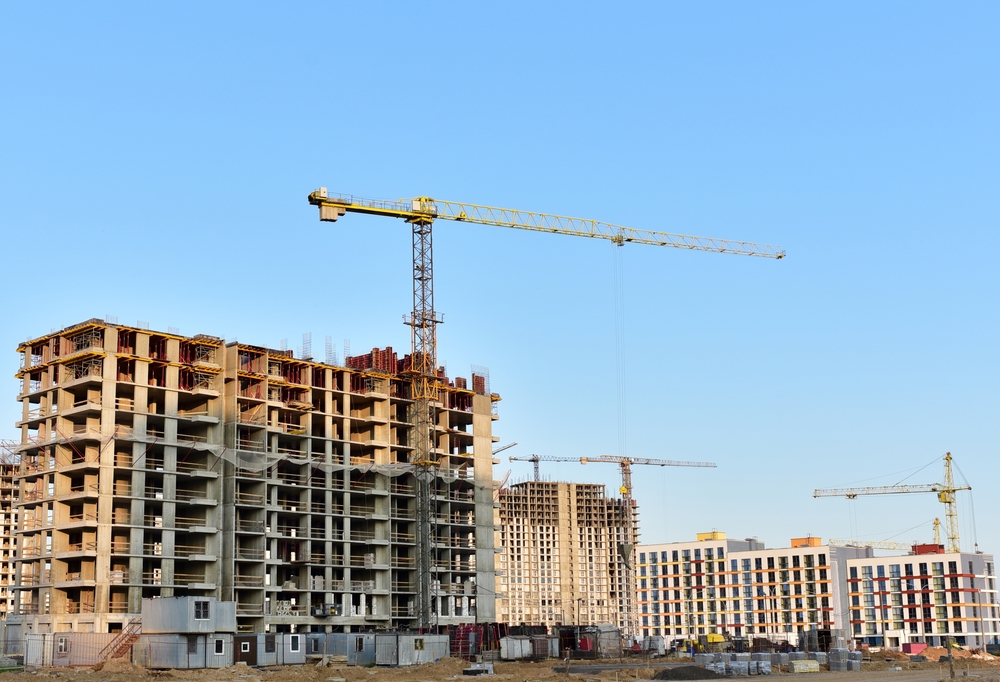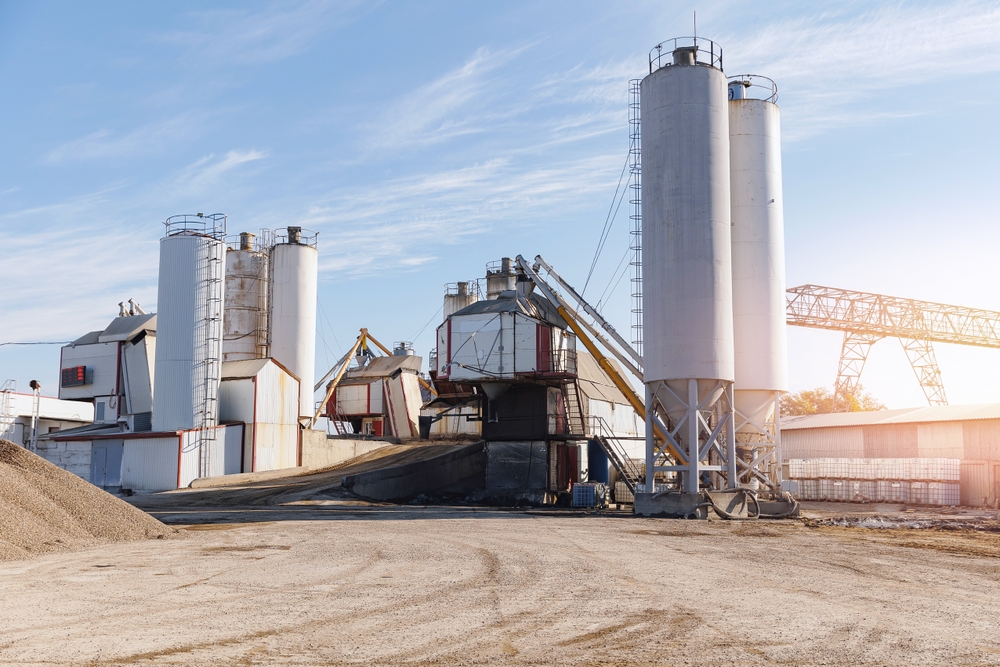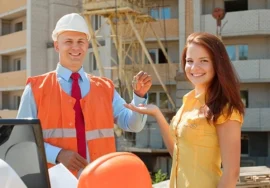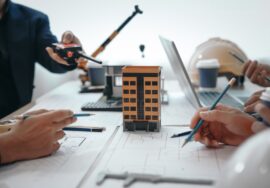The Role of Building Technologies in Reducing Carbon Footprint
Building Technologies: A New Era of Sustainable Design

Introduction
Building Technologies in Reducing Carbon Footprint: Sustainability is a key concern in today’s construction industry, and building technologies are at the forefront of driving this transformation. The integration of cutting-edge technologies is not only making buildings smarter but also more energy-efficient and environmentally friendly. In this article, we will explore how building technologies are ushering in a new era of sustainable design.
The Role of Building Technologies in Sustainability
The construction industry has traditionally been resource-intensive, but modern building technologies are changing that. Advanced solutions, such as Building Information Modeling (BIM), smart materials, and energy-efficient systems, are helping reduce the environmental impact of buildings. These technologies contribute to sustainable design by optimizing resource usage, minimizing waste, and improving energy efficiency.
BIM, for example, allows architects, engineers, and contractors to collaborate in real-time, reducing design conflicts and construction errors. This leads to less rework, saving both materials and time. By enabling better planning and resource management, BIM plays a significant role in sustainable construction.
Smart Building Materials
Smart building materials are another game-changer in sustainable design. Self-healing concrete, for instance, can repair its own cracks, reducing the need for frequent maintenance and prolonging the life of structures. Similarly, phase-change materials (PCMs) regulate indoor temperatures, reducing the energy needed for heating and cooling.
These innovative materials not only improve the performance and durability of buildings but also enhance their energy efficiency. The use of smart materials aligns with the growing demand for green buildings and eco-friendly construction practices.
Energy-Efficient Technologies
Energy-efficient technologies are central to sustainable design. Smart HVAC systems, renewable energy sources like solar panels, and energy-efficient lighting solutions are being integrated into modern buildings to reduce their carbon footprint. These systems enable real-time monitoring and optimization of energy consumption, allowing for significant energy savings.
Moreover, green building certifications, such as LEED, encourage the adoption of energy-efficient technologies. Construction companies are increasingly prioritizing sustainable design to meet higher environmental standards, resulting in buildings that are both eco-friendly and cost-effective to operate.
For more information on green building certifications, check out the US Green Building Council and their LEED program.

The Future of Sustainable Design
As technology continues to evolve, the future of sustainable design looks promising. One area of innovation is the use of prefabrication and modular construction, which can significantly reduce material waste and construction time. By producing building components in a controlled environment, these methods enhance quality control and reduce the environmental impact of construction.
In addition, advancements in 3D printing technology are allowing for more precise and efficient construction processes. With 3D printing, complex building components can be created with minimal waste, further contributing to sustainable design. As these technologies become more widespread, they will play a critical role in shaping the future of the construction industry.
Conclusion
Building Technologies in Reducing Carbon Footprint; Building technologies are leading the charge in the quest for sustainability in construction. From smart materials to energy-efficient systems and advanced construction methods, these innovations are helping to reduce the environmental impact of buildings while improving their performance and durability. As the industry continues to embrace these technologies, the future of sustainable design looks brighter than ever.
For more details on incorporating sustainable building technologies into your project, contact us here.
To stay updated on the latest trends in building technologies and sustainable design, visit Green Building Advisor or ArchDaily.
Read more related articles to enhance your knowledge and make informed decisions
10 Essential Steps in the Building Construction Process
How to Choose the Right Materials for Your Construction Project







